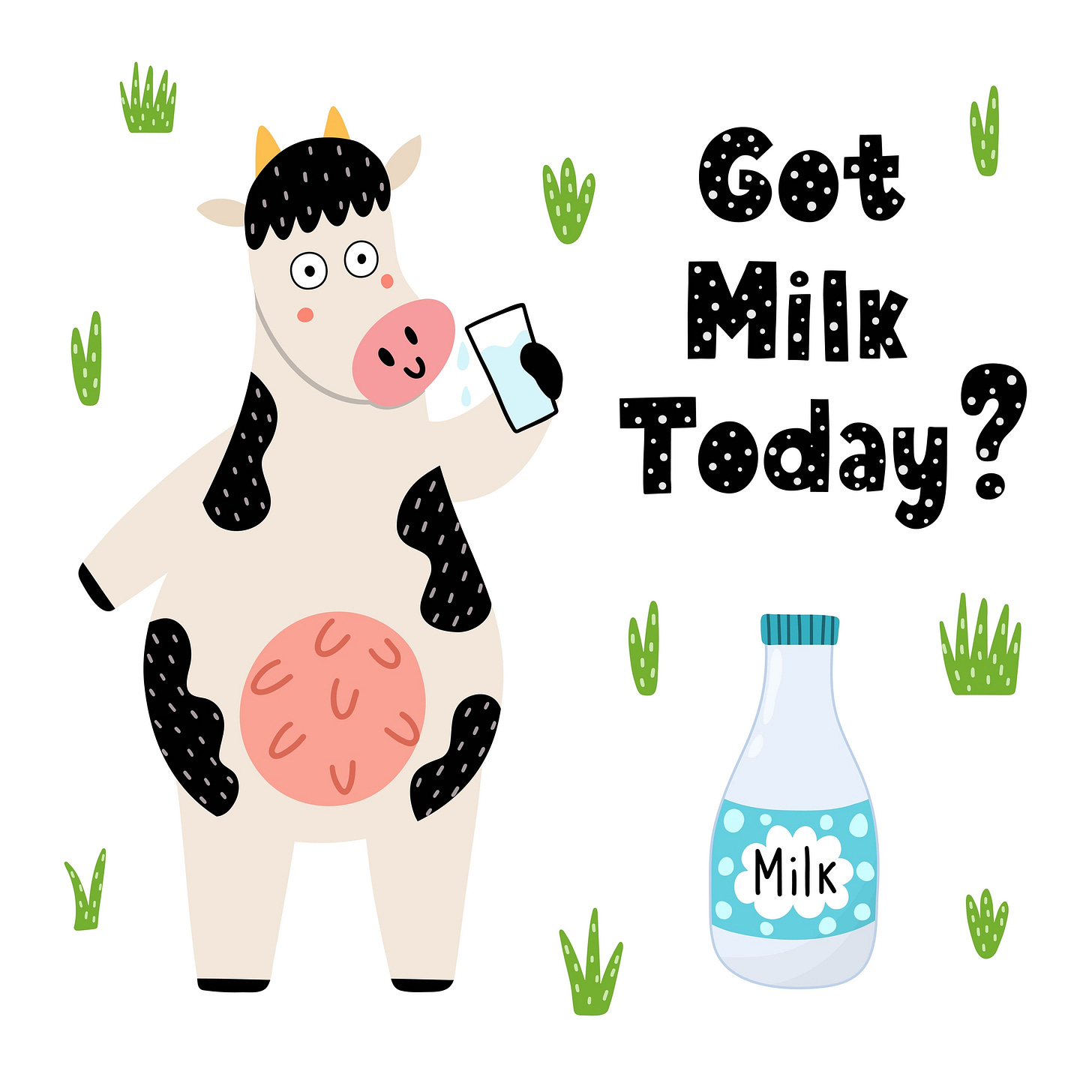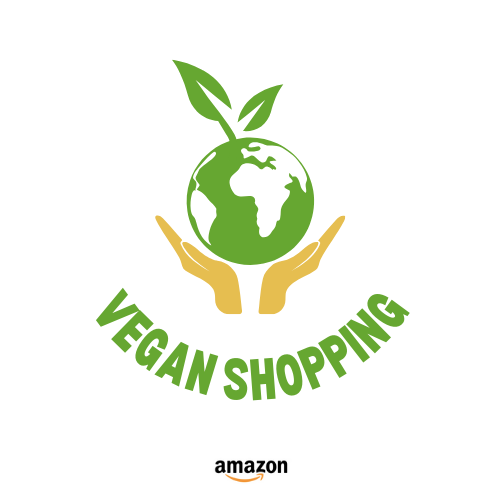
In today's digital age, children are bombarded with marketing messages across numerous platforms, and their food choices are undeniably shaped by these influences. (1)
‘‘Concerned about the ethical implications and health impacts, critics argue that targeting children with marketing for meat and dairy products exploits their vulnerability. These pervasive tactics bypass parental oversight, influencing children's perceptions of desirable meals and limiting their exposure to alternative dietary choices. This can solidify brand loyalty from a young age and potentially contribute to unhealthy dietary habits linked to health issues like obesity and cardiovascular diseases.’’
Beyond sugary cereals and cartoon characters, the meat and dairy industries employ strategic tactics that reach young consumers on a deeper level. These sophisticated strategies create positive associations with their products from a very early age, potentially influencing lifelong dietary habits. Understanding these tactics is crucial for evaluating their impact on children's overall health and well-being.
Tactics Used by the Meat Industry
The meat industry utilizes a variety of methods to capture the attention of young consumers. One of the most prevalent is through advertising in children's media. Television commercials, online platforms like YouTube, and even mobile games feature animated characters and catchy jingles that promote meat products as fun, delicious, and essential for a balanced diet. These advertisements often bypass parental oversight, directly influencing children's perceptions of what constitutes a desirable meal. (2)
Furthermore, the use of cartoon characters and mascots in meat marketing is pervasive. Consider the iconic Happy Meal characters from McDonald's or the animated pigs promoting ham. These characters create a playful and friendly image around meat consumption, associating it with enjoyment and happiness. By embedding these figures into popular culture, the industry cultivates a positive emotional connection with their products from an early age. (3)
Moreover, the meat industry extends its reach into schools through sponsorship programs and educational initiatives. By funding school events or providing educational materials that focus on meat protein, they subtly reinforce the idea that meat is a necessary and beneficial part of a child's diet, further solidifying brand loyalty from a young age.
Tactics Used by the Dairy Industry
Similarly, the dairy industry employs targeted strategies to promote its products to children. Milk, in particular, is positioned as crucial for growth and health through advertising campaigns that emphasize its calcium content and role in bone development. These campaigns often portray milk consumption as a normative behavior, reinforcing its perceived necessity in children's diets. (4)
In addition to direct consumer marketing, the dairy industry frequently partners with schools to integrate milk into breakfast and lunch programs. By becoming a staple in school meals, dairy products gain implicit endorsement from educational institutions, further embedding their consumption into children's daily routines.
Moreover, the dairy industry influences educational materials distributed in schools, presenting biased information that promotes dairy consumption as essential for overall health. This strategic integration into educational curricula perpetuates a cycle where children are educated about the benefits of dairy products from a young age, shaping their dietary choices for years to come.
The pervasive influence of these marketing tactics can limit children's exposure to alternative dietary choices, potentially hindering their ability to make informed decisions about nutrition. This raises broader questions about corporate responsibility and the need for regulatory oversight to protect young consumers from exploitative marketing practices.
Regulatory and Advocacy Efforts
Currently, regulations regarding advertising to children vary widely across jurisdictions, with some countries imposing stricter restrictions on marketing certain products to minors. However, advocacy groups continue to push for stricter regulations and greater transparency in marketing practices aimed at children. Campaigns promoting plant-based diets or reduced consumption of meat and dairy products have gained traction, advocating for healthier alternatives and raising awareness about the impact of dietary choices on health and the environment.
American Academy of Pediatrics: The Influence of Food Marketing on Children's Food Choices and Eating Behaviors
Federal Trade Commission: Marketing Food to Children and Adolescents: A Review of Industry Expenditure, Activities, and Self-Regulation
Conclusion
The marketing strategies employed by the meat and dairy industries play a significant role in shaping children's dietary preferences and habits. By leveraging advertising, sponsorship, and educational partnerships, these industries establish early connections with consumers that can last a lifetime. As concerns grow over the ethical implications and health impacts of these practices, there is a pressing need for increased awareness, advocacy, and regulatory action to promote healthier dietary choices for children.
Sources:
Visit Our Amazon Store!
Notice: As an Amazon Associate, we earn a commission from qualifying purchases that help promote animal rights worldwide!
General Resources
Books:
Dominion: The Power of Animals in Nature and in Our Imagination by Matthew Scully
Animal Liberation by Peter Singer
Eating Animals by Jonathan Safran Foer
A Billion Hungry Mouths: Feeding the World Without Consuming the Planet by Colin Tudge
Websites and organizations:
Documentaries:
Articles:
"The Case for Animal Rights" by Tom Regan
‘‘Why We Love Dogs, Eat Pigs, and Wear Cows: An Introduction to Carnism’’ by Melanie Joy
‘‘Animal Rights: The Abolitionist Approach’’ by Gary L. Francione
‘‘Fellow Creatures: Our Obligations to the Other Animals’’ by Christine Korsgaard
Seeds of Compassion: Finding Jesus Christ in a Vegan World by Michael Corthell
Receive a single informative article daily at 12:01 AM by email. Explore my homepage with exciting vegan and plant-based news content and delightful and delicious recipes for additional updates. Stay connected to the vegan world and all it has to offer.
Visit The Vegan Project Global our Facebook page for more vegan outreach and education.
Also, visit our new YouTube channel
The information on this vegan/plant-based blog is for general informational purposes only. It is not intended as legal, medical, or professional advice. Readers should consult with appropriate professionals for specific advice tailored to their situation. The blog owner is not responsible for any reliance on the information herein.






HELP!!
Storyland amusement park, in Glen,NH., owned by Palace Entertainment, opened its new "farm" theme park, Moo Lagoon that contradicts its own commitment to being sustainable, environmental stewards. It asks vendors in their application process about environmental footprint, but absurdly now, promotes livestock and dairy at its new theme park!! Using language like udderly amazing, stockyard friends, barnyard pizza, this is exactly the betrayal of children, their health, their trusting adults to feed them properly, and of course of the animals being killed for the products this promotes and continues to normalize! Makes one question if Palace Entertainment was pimped, lobbied, bribed by big ag to install this very expensive area that tens of thousands of families will visit each summer.
https://www.palaceentertainment.com/sustainability Palace Entertainments commitment to "sustainability"? We need to take legal action on this big perilous, predictable LIE!